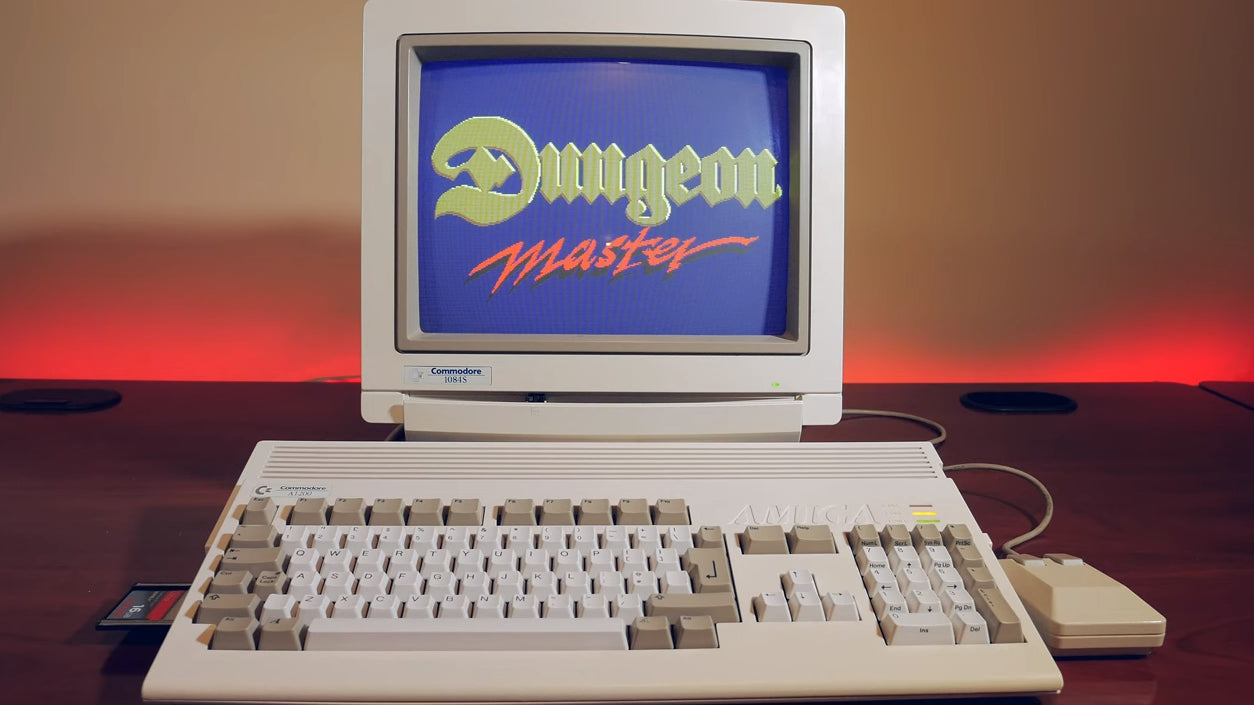

DON'T COPY THAT FLOPPY! A Look At Digital Anti-Piracy Campaigns
The rise of digital piracy has been a concern for companies for decades, and in the 80s, 90s, and 2000s, they used various forms of anti-piracy efforts to combat the issue. Early forms of technology-based anti-piracy campaigns included the infamous "Don't Copy That Floppy" campaign and various forms of copy protection.

In the late 80s, the Software Publishers Association (SPA) launched the "Don't Copy That Floppy" campaign. The campaign included a music video featuring an actor rapping about the dangers of copying software and passing it around to friends. The video was distributed to schools and libraries as an educational tool to discourage students from engaging in piracy. Despite its corny execution, the campaign was a major success, and it went viral before the term even existed.
Copy protection was another popular form of anti-piracy technology in the 80s and 90s. Software companies would add specific code to their products, making them difficult to copy or install on multiple machines. The most common form of copy protection involved creating a physical copy of the software with a unique code that would need to be entered during installation. Another method involved creating "bad sectors" on the disk, making it difficult for copying software to make a duplicate copy.
As the internet became more popular in the late 90s and early 2000s, companies began using digital rights management (DRM) technology to protect their software and media products. DRM involves encrypting a file to prevent unauthorized access and copying. This technology became popular with digital music files and e-books.
However, DRM has been criticized for being overly restrictive, and some consumers have reported negative experiences with it. For example, some DRM technologies have limited the number of devices that a file can be downloaded onto, making it difficult for people to access their purchased content. Others have reported issues with digital files becoming unusable after a certain period, even if they paid for it.
In conclusion, technology-based anti-piracy campaigns have been a constant presence in the tech industry for decades. From copy protection in the 80s and 90s to DRM in the 2000s, companies have used various methods to combat the issue of piracy. However, the effectiveness of these campaigns has been mixed, and some of these technologies have faced criticism from consumers. Nevertheless, the fight against digital piracy continues to be an ongoing battle for companies and content creators alike.
